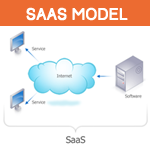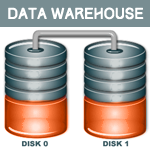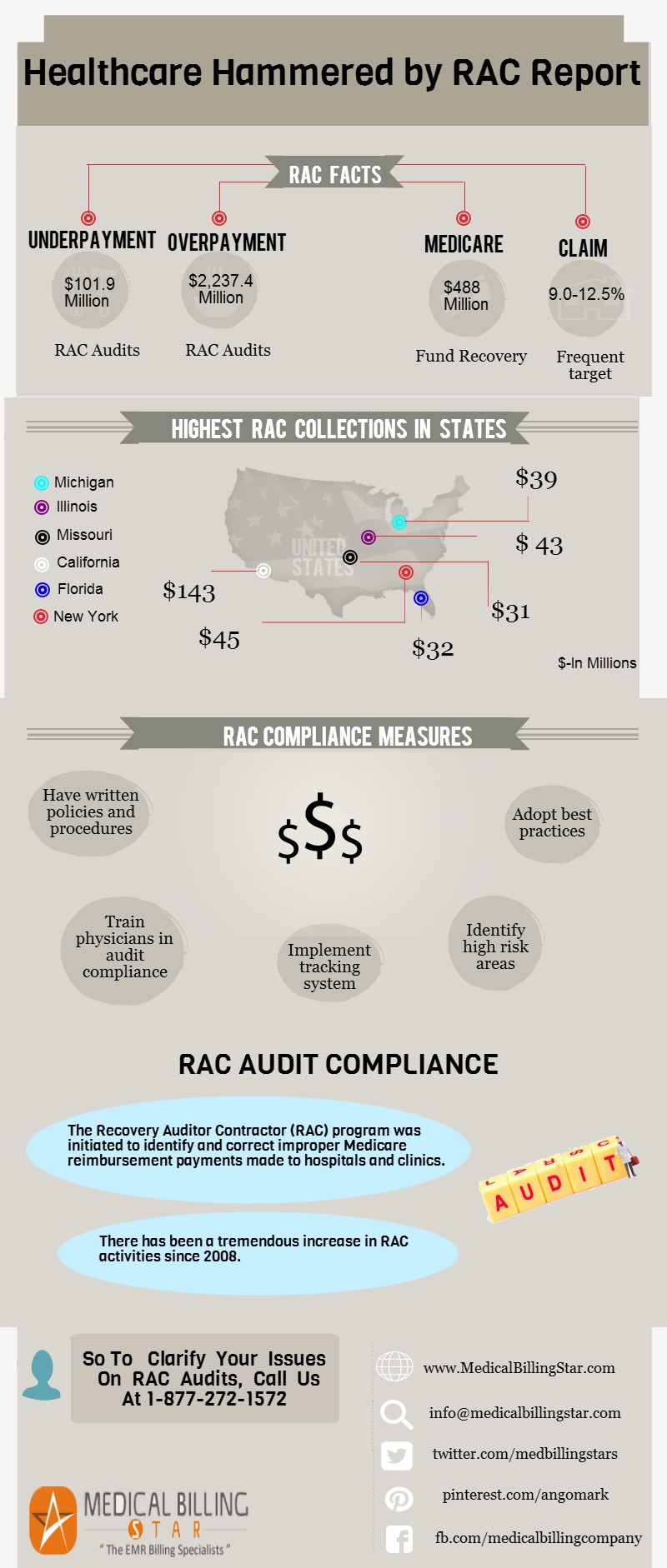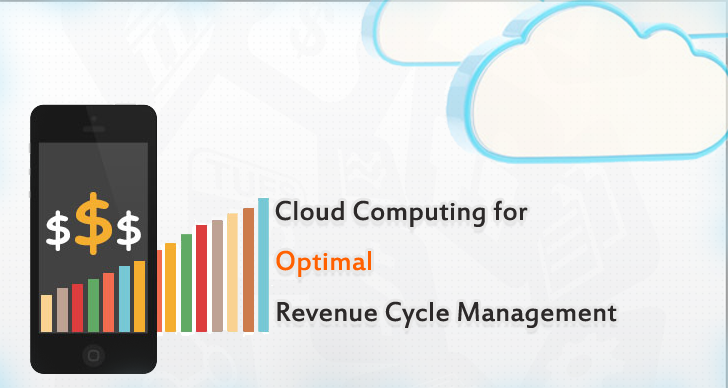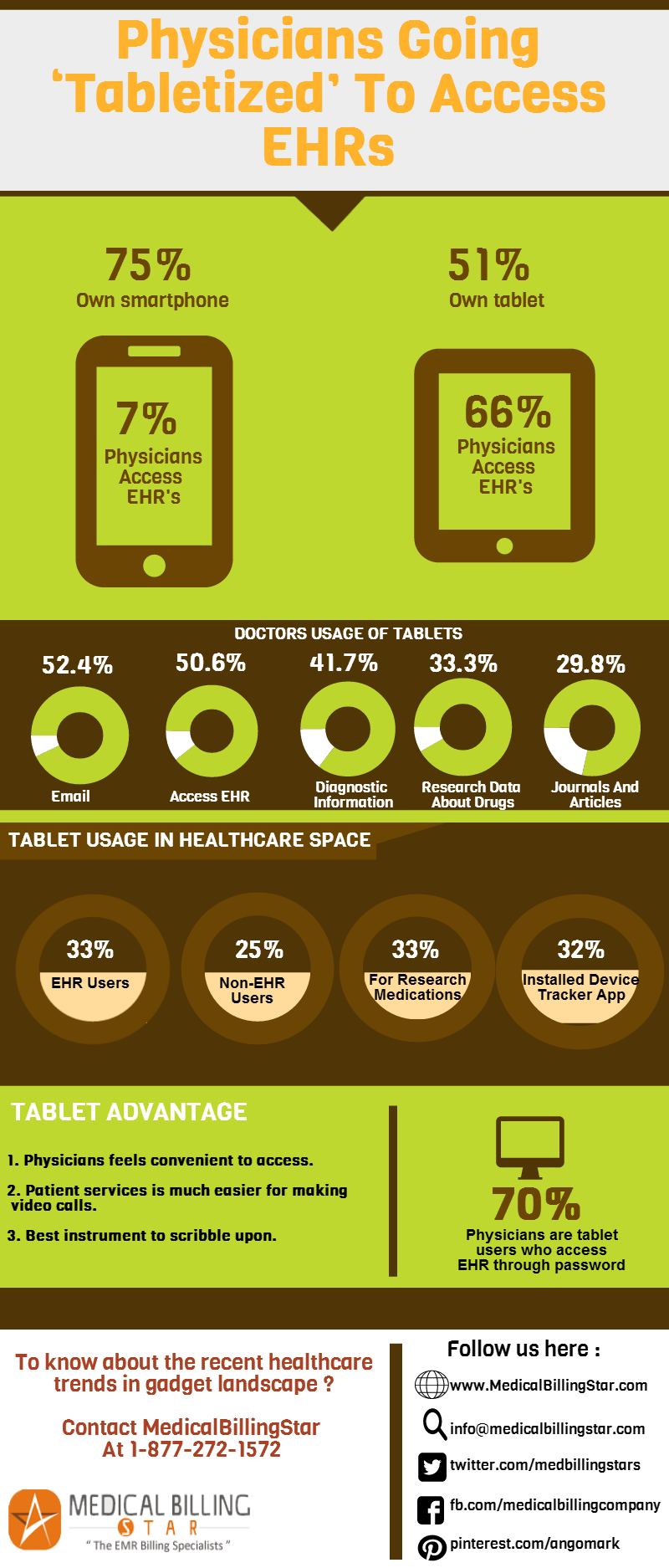BED-IN THE BUSINESS INTELLIGENCE PLATFORM AT YOUR HOSPITAL… BOLSTER YOUR BUSINESS PERFORMANCE…
The healthcare IT initiatives of the WHO, and the Country’s Federal Government such as ICD-10, meaningful use, HITECH act, etc. are doggedly insisting on the instauration of the US healthcare facilities to exploit the positive impacts of the software products. In this milieu, the Business Intelligence (BI) software is gaining its magnitude in the healthcare arena due to the sizeable advantages in its implementation.
Bountiful Benefits :
Optimize Your Business Performance by Offering the Right Clue !
The business intelligence software provides many benefits for the business process shoot-up in the healthcare centers :
- A. Substantiation for perfect and present source data.
- B. Timed data creation and accession.
- C. Effortlessly distribute updates within your facility.
- D. Manage data access and provide HIPAA compliance.
- E. Perform multi-departmental enhancement across the facility.
- F. Proffer ready-to-use data for making verdicts.
A Thumbnail Sketch of the BI Models :
To make a kick start with the business intelligence or to extend the existing BI program, many providers are running pell-mell to analyze and settle down with ideal BI software. In an endeavor to proffer a decent navigation across the business intelligence landscape, the following unbiased options would be an enchiridion for the physicians who are planning for the BI migration :
-
Vendor-offered Data Analytics :
The stepping stone for fresh BI launchers !
As a healthcare provider, you could opt for the purchase of pre-packaged data analytics from your existing operational systems’ vendors like EHR/EMR/ECM/ERP or other healthcare IT vendor. For the providers who are about to commence your BI program, it is the ‘best pick’ as your existing IT vendor knows the nook and cranny of your organization’s workflow process and could suggest you the exact – even customized BI kit.
-
The SaaS Model :
The money-spinning option for the smaller providers !
In the market, there are ample vendors who offer Software-as-a-Service (SaaS) packaged analytics, as a service. Unlike the olden days, apart from administrative, financial and operational analytics – clinical analytics are offered by the external vendor, when you send the obligatory data using computerized ETL (Extract, Transform and Load) processes at preset data transmittance rates.
-
Data Visualization Tools :
Fewer staffs and trimmed down outlay make it attractive !
This model lets the users with scant technical proficiency to craft tailored graphical and tabular modules of data with slight IT reliance – suitable for their business setting. Data visualization tools could directly access the core application data sets even devoid of conventional data warehouse. To speak above board, this model is not recommendable when heterogeneous data sets are to be reported, from varied core applications.
-
Pre-bucketed Solutions :
The choice of providers who need specific analytics :
Pre-bucketed point solutions aid physicians deal with specific areas such as nosocomial infections forecasting, appointment scheduling, adverse event reporting, staff optimization, accounts receivable (AR) summary analysis, etc. Though, this system fills the lacuna when amalgamated with any comprehensive BI system, it could be substituted for any intact BI model.
For the large healthcare providers who deem that a full-bodied data warehouse is a vital element in the “big data” strategy, this serves as the best choice. This offers a broad analytics, better scalability from pilot level to big business level. As any model has its own demerit, the prolonged implementation time, high cost, more IT-savvy staff requirement are the drawbacks.
Just ink a deal with MedicalBillingStar and savor your practice with a perfect business intelligence model !

